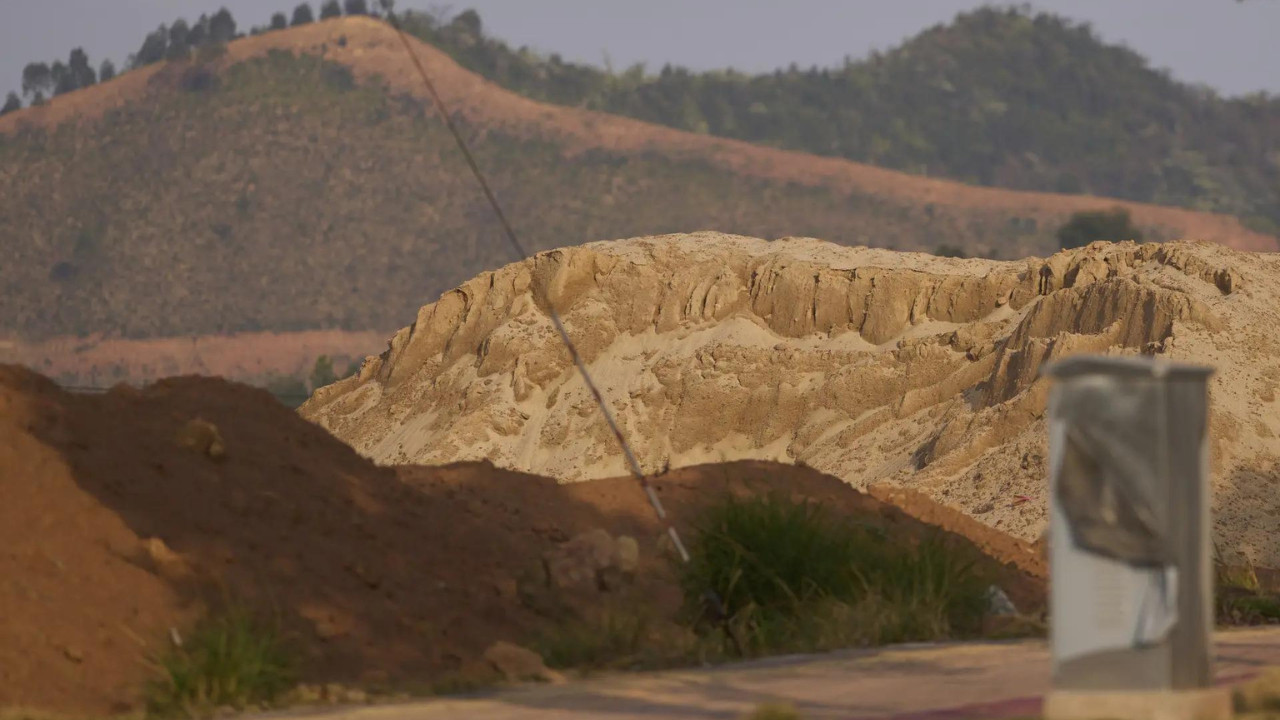China’s mineral export restrictions pose a challenge to India’s industries. Global Trade Research Initiative urges India to reduce dependence on China. They suggest reverse-engineering and local production. Restrictions impact electronics, defense, and clean energy sectors. Trade deficit with China has surged. Chinese firms dominate key Indian supplies. GTRI proposes industrial labs for domestic capacity building.
The Critical Minerals Crunch: Can India Dodge China’s Supply Chain Grip?
Imagine a world where your smartphone, electric car, or even wind turbine suddenly becomes incredibly expensive, or worse, unavailable. That’s the potential reality looming as China tightens its control over the supply of critical minerals – the essential ingredients for modern technology. A recent report by the Global Trade Research Initiative (GTRI) throws this into sharp relief, urging India to ramp up its efforts to secure its own supply chains. The stakes are undeniably high, not just for India’s burgeoning tech and manufacturing sectors, but for its economic independence.
For years, the world has relied heavily on China for these vital resources. From lithium and cobalt for batteries to rare earth elements for electronics, China dominates the mining, processing, and refining of many critical minerals. This concentration of power creates a vulnerability, a pressure point that could be squeezed for political or economic gain. And as geopolitical tensions rise, that pressure becomes increasingly palpable.
Why India Needs to Act Now on Critical Minerals
The GTRI report paints a stark picture: India faces a $100 billion trade deficit, and a significant portion of this is linked to its reliance on China for critical minerals and related components. Continuing on this path isn’t just unsustainable; it actively undermines India’s ambitions to become a global manufacturing hub.

The solution isn’t simply about finding alternative suppliers. While diversifying sources is crucial, the report emphasizes a more fundamental shift: localization. India needs to actively develop its own capabilities in exploration, mining, processing, and refining of these resources. This includes investing in cutting-edge technologies for extraction and refining, as well as fostering collaboration between research institutions and private companies.
Reverse Engineering: A Key to Unlocking Self-Reliance
One particularly interesting suggestion in the GTRI report is the strategic use of reverse engineering. By carefully analyzing imported components and materials, Indian companies can gain valuable insights into the processes and technologies used to produce them. This knowledge can then be used to develop indigenous alternatives and reduce reliance on foreign suppliers.
Reverse engineering isn’t about copying; it’s about understanding. It’s about dissecting a technology to learn its inner workings and then innovating to create a better, more sustainable, and domestically produced solution. It’s a powerful tool for closing the technological gap and fostering innovation within India’s own industries.
Think of it like this: if you want to build a car, you can either buy one from someone else or take one apart to understand how it works and then build your own, perhaps even improving on the original design. Reverse engineering offers that very opportunity.
The Path Forward: A Multifaceted Approach
The GTRI report isn’t just a warning; it’s a call to action. It outlines a comprehensive strategy that includes:
* Aggressive Exploration: Intensifying efforts to identify and assess India’s own mineral resources.
* Strategic Partnerships: Collaborating with countries that possess the technology and expertise needed to develop India’s mining and processing capabilities. We should look to deepen ties with Australia, for example, who have huge reserves of Lithium and other key materials.
* Investment in R&D: Funding research and development to develop innovative and sustainable extraction and refining technologies.
* Policy Support: Creating a supportive regulatory environment that encourages domestic production and attracts foreign investment.
* Skill Development: Investing in education and training programs to build a skilled workforce capable of supporting the critical minerals industry.
Ultimately, securing India’s access to critical minerals is a complex challenge that requires a coordinated and sustained effort across government, industry, and academia. It’s about more than just securing resources; it’s about building a resilient and independent economy that can thrive in an increasingly uncertain world. Learn more about supply chain resilience and diversification by reading our recent blog post on [diversifying import sources](internal-link-to-related-content).
Conclusion: The Urgency of Action
The global landscape is shifting, and India stands at a crossroads. Will it remain dependent on others for the essential building blocks of modern technology, or will it take proactive steps to secure its own future? The GTRI report makes it clear: the time for complacency is over. A focused and strategic approach to critical minerals localization, including initiatives like reverse engineering, is not just desirable – it’s essential for India’s long-term economic security and global competitiveness. Failure to act decisively now will leave India vulnerable and hinder its progress on the global stage.







